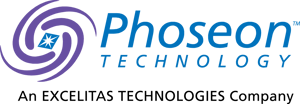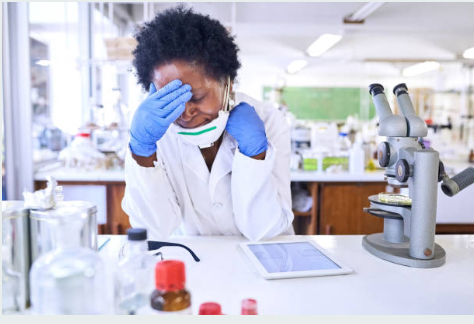RNase A Contamination: Unpredictable and Catastrophic
The single most important aspect of RNA protocols is isolating and maintaining full length, un-degraded RNA for analysis or use as a reaction substrate. Whether preparing total RNA libraries for NGS or looking at individual RNAs (iCLIP), un-degraded RNA is pivotal. Hindering these processes is RNase.
Degradation by nucleases such as RNase is a recurring laboratory handling issue which requires diverse cleaning methods that are both time-consuming and costly. Repeated cleaning not only leaves residues, another source of contamination, but can also affect the integrity of equipment (corroding metal and degrading plastics). It is also not always clear when these cleaning methods should be implemented.
Furthermore, repeated exposure to cleaning solutions or soaking may corrode metal or degrade plastic surfaces. How clean is clean enough? Clean enough occurs when you don’t need to repeat lengthy protocols because of degraded RNA. Even trace amounts of RNase have a big impact on RNA sequencing, due to its catalytic action. Not clean leads to time and money loss.
This white paper makes the case for why UV LED technology deserves serious consideration by RNA sequencing labs for controlling ribonuclease. It describes Phoseon’s findings related to LED light engines for the inactivation of RNases in a laboratory setting.


